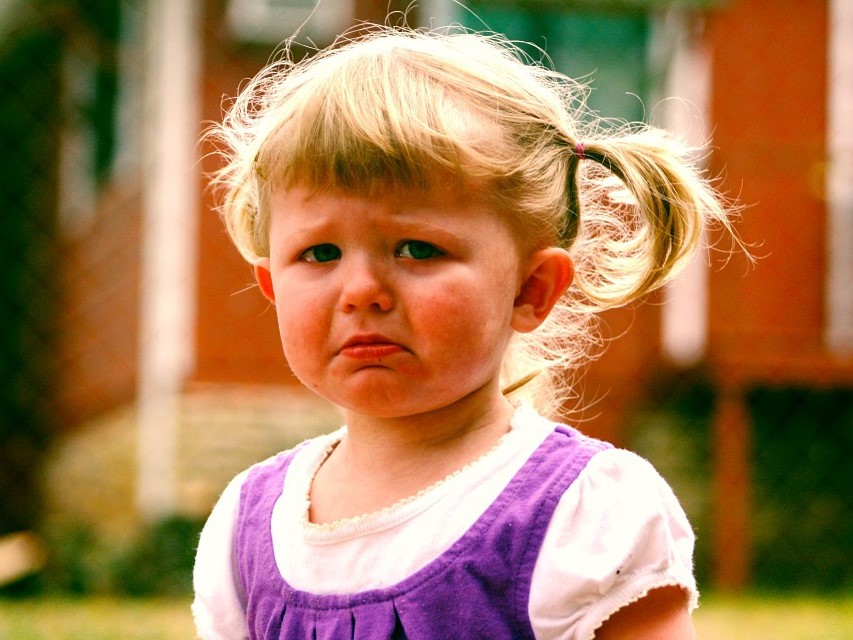Dealing With Behavior Issues in Autism Spectrum Disorder
A large study in 2018 found that around 1 in 40 children (1 in 26 boys and 1 in 93 girls) are affected by autism in the United States. For the parents of these children, daily life can be a struggle as they can often be at a loss of how to help their children grow and be healthy. Autism is associated with a number of behavioral challenges, including aggressive behavior and difficulties in social situations. They also commonly have sleep problems.
Here is a list of a few behavioral challenges children face as well as what parents can do to reduce the frequency of these behaviors.
Please note that this is not an exhaustive list of how to deal with behavior in autism.
Tantrums and Meltdowns
Tantrums are a common occurrence in all young children, but sometimes occurs more often in children with autism and can occur in or outside of the home. An episode often involves screaming, crying, and thrashing about, and are sometimes associated with aggressive behavior that is directed at others or at objects. It’s not clear what causes temper tantrums, however a change in routine or denial of a desired object is often a common trigger. Meltdowns are similar, but are often caused when a child with autism is overstimulated by their environment.
How to deal with this behavior in autism:
Children with autism are most successful when they have a consistent routine. Changes to this routine should be done slowly to avoid causing the child distress. Parents should make sure the child’s environment is not overloading their senses. Headphones can be a good idea when the child is in a noisy environment. Parents should make sure to reinforce good behavior; for instance, when a child is denied something they want but does not have a tantrum.
Self-Harm
One of the most heart-breaking behaviors parents witness is a child engaging in self-harm. This can take many forms, but may involve the child hitting themselves or hitting their head on a nearby wall. These types of behaviors can occur during a temper tantrum or meltdown, but can also occur independently.
How to deal with this behavior in autism:
Again, parents should ensure their child has a consistent schedule and environment. Self-harm is often associated with difficulties processing sensory input, so a safe, quiet, and non-distracting environment can help the child feel safe and stress-free. One innovative approach is to practice mindfulness. Mothers of children with autism who engaged in a 12-week mindfulness study noted reductions in their child’s self-harm behaviors and aggression.
Social Interactions
One of the most common indicators of a child who has autism is their lack of social skills when interacting with others. They lack a theory of mind, which is how people understand that others are capable of independent thoughts. This often prevents the child from engaging in common social interactions like playing with others, maintaining eye contact, and having back and forth conversation.
How to deal with this behavior in autism:
As children learn many skills from their parents through simple observation, parents can model appropriate social behavior for their child with autism. Parents will need to take the time to explicitly teach their children how to engage in social situations, maintain eye contact, and define what is appropriate and inappropriate. Strategies for improving social skills should be coordinated with teachers and therapists to promote consistency between settings and with different individuals.
For autism diagnosis and treatment via telemedicine in Florida and California, click here to see Dr. Paul




